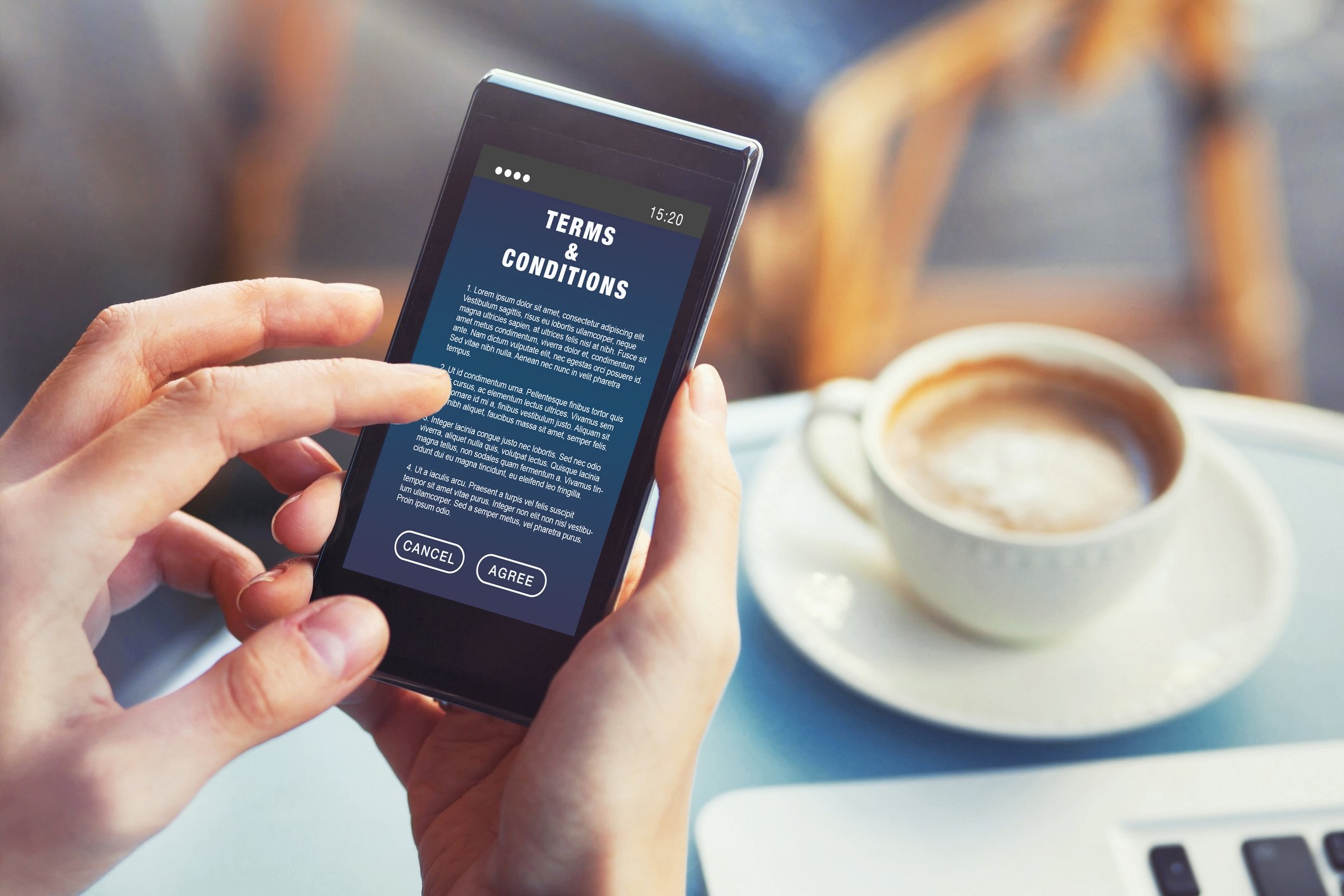Customer Habit vs Customer Loyalty
Why habitual behaviour of participants lies at the heart of running a successful loyalty program?
By Ko de Ruyter, Debbie Keeling and David Cox
The term ‘loyalty programs’ is still the prevalent way of describing what we do at Motivforce. And ‘sales performance’ is what we monitor to measure the success of those loyalty programs. This is based on the assumption that brands should focus on winning customer hearts and minds based on a set of great products and emotional connections. For sure, like true love, true loyalty certainly exists, and it results in what we call ‘manifest satisfaction’.
However, for decades our research on customer behaviour has shown that things are a bit more complicated. In an age of information and stimulation overload, the battle for the deliberate customer mind seems impossible to win. In fact, we know that most behaviour is driven by mindless actions or habitual behaviour. In the past we have referred to this as ‘spurious loyalty’, or even ‘apathy’. Loyalty that occurs because of automated and repeated behaviour or habit. Habit drives what we call ‘latent satisfaction’.
Force of Habit
Rooted in behavioural economics, the notion of ‘habit’ denotes that many of the decisions we make on a daily basis are not conscious decisions but occur automatically. So are we saying that most of your customers are not really loyal? Strictly speaking, yes! But have no fear, some good advice is here. Habit is good and lies at the heart of running a successful loyalty program. Importantly, habit is there to make your customers’ lives easier. They do not need to engage in elaborate decision-making when they purchase something. If this is the case, loyalty program managers should embrace a focus on how they can foster members’ habits.
Kick the habit – don’t just focus on true loyalty
To help you kick the habit of just focusing on true loyalty, we suggest you reflect on three key issues, and one caveat as follows:
1. How to turn habit formation into action and not exclusively focus on (true) loyalty? It’s important to realise that habits are developed and maintained through two mechanisms: nudging and gratification. Nowadays, these mechanisms are afforded by technology. For instance, an Internet of Things (IoT) application for industrial photocopying machines automatically generates a prompt to order parts and this is integrated with suppliers’ incentive systems that lets the customer know how the order contributes to reaching specific reward levels. Similar nudging tactics can be achieved through mobile apps that trigger customer actions depending on context, such as geo-location, stage in the purchase or renewal journey and behavioural frequency. As things happen in real time, nudging and gratification are aligned and habit is reinforced effortlessly.
2. How to recognise those members who are driven by habit? This is where you need to be a data detective and find your inner Sherlock Holmes. Habitual members can often be filtered out by paying attention to peculiar behavioural patterns in your membership database. You can do this by working with heatmaps which allow you to monitor behaviour across a number of dimensions. A key thing to look out for is consistency. Look for recurring patterns in terms of time of transaction, recency of transaction and their monetary value. For instance, are purchase and sales conversion happening in relation to budget cycles over time?
3. How to design a loyalty program that supports habit formation? Once you have segmented your program into loyalty-based and habit-based segments, it is important to design a program that caters to the needs of both types. Comms tactics that build habit should be all about repetition and setting a familiar rhythm - for example, monthly promotions that are all variations on the same theme will form habit behaviour. Promotions that lead to the interruption of customer habits should be avoided. For example, introducing new product bundles or cross-selling opportunities with a core product may be less effective for habit flow and may even interrupt it. Also, make sure you’ve made the lives of your members easy with single sign on, clarity in website design and consistency in reward claiming procedures.
Finally, here’s the caveat - a word of caution when creating a ‘habit program’. It is important to realise that there is a fine line between habit and the need to change. This requires careful treading. Over time most customers will become aware of being in repeat mode and you will need to listen out for the signals in chats, comments on the website, emails and conversations. Listening to the heartbeat of your program may lead you to the conclusion that you need mix things up a bit with different triggers and nudges, or spice up the reward offering by offering an unexpected gift, personal communication or any element of surprise. This will spur on a new cycle of habit formation.





